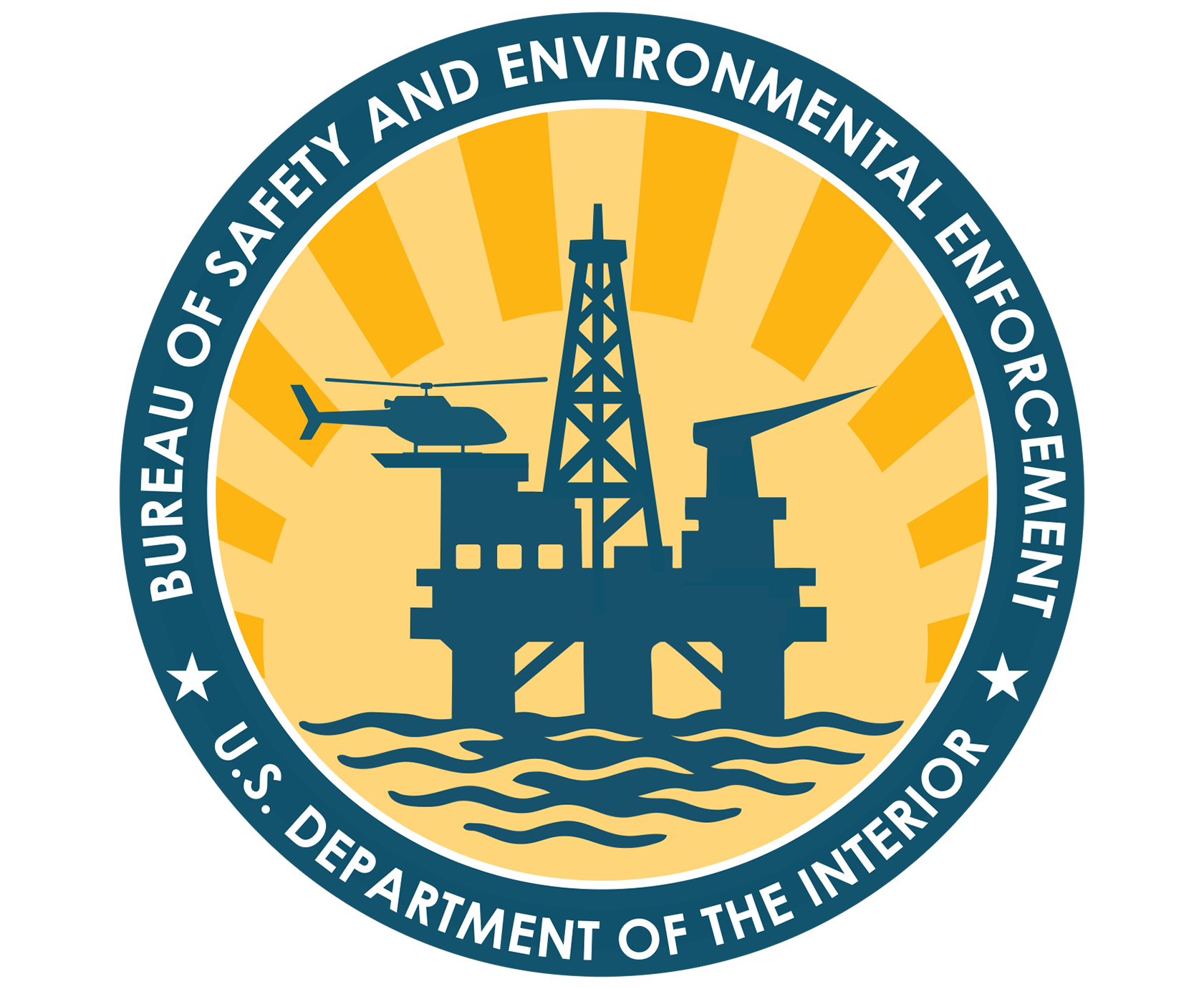The objective of this research program is to continue research and development on the use of chemical dispersants. The program contains three separate tasks.
Task 1. Calm Seas Application and Dispersant Wash-Out
The Petroleum Environmental Research Forum (PERF) funded a research project conducted by SINTEF in Norway and Cedre in France that has looked at the same issue of dispersant wash out but at laboratory bench scale. The Oseberg crude oil used in the PERF study was shipped to Ohmsett and was used in the 2007 study (TAR Project 563). To date no comparison of the findings from these two studies has been made. The first item to be addressed in Task 1 will be to complete such a comparison to determine what can be learned from the different test methods and scales.
In the testing phase of Task 1 we will implement a similar test protocol to that used in the spring 2007 testing. Multiple test rings will be deployed across in the Ohmsett test tank so a range of slick thickness and/or oil types can be monitored in one test sequence. Dispersant wash out rates will be monitored throughout the test period by sampling the surface oil and testing dispersant effectiveness (DE) using a bench-scale test such as the WSL rotating flask method, as was done successfully in the 2007 testing, as well as by measuring the interfacial tension of the sampled oil with fresh sea-water. A two-week testing program will be conducted May 19-30, 2008 at Ohmsett to test oil thickness and oil type effects on dispersant wash-out.
Task 2. Surface Wave Energy Characterization for the Ohmsett Test Tank
The objective of this project would be to measure the surface turbulence at Ohmsett under various wave configurations and compare these energies to those encountered in the field at specific sea-states. There are three basic mixing energies of primary significance in the dispersion process. These include the process that mixes dispersant into the oil, the energy that breaks the treated oil into small droplets and the larger scale energy that mixes the droplets of oil down into the water column. The proposed work will focus on the quantification of the surface turbulence available to break the treated slick into a fine-drop, oil-in-water dispersion. Because of the shallow depth of the Ohmsett tank the third mixing process cannot be fully simulated at Ohmsett. The mixing of applied dispersant into the oil versus water is an important short-term process but it is not the critical component except where viscous oils or emulsions are involved. A two-week testing program will be conducted August 18-29, 2008 at Ohmsett.
Task 3. Dispersant Effectiveness on Heavy California Oils
Dispersant effectiveness (DE) experiments were conducted on six viscous Californian Outer Continental Shelf (OCS) crude oils in April of 2005 at Ohmsett to gather data on this subject. (TAR Project No. 514). The crude oils tested with viscosities lower than 6500 cP were dispersible to a significant degree whereas the oils with viscosities of 33,000 cP and greater were not. Oils with similar viscosities yielded similar DE results suggesting that viscosity alone was a good measure of likely DE, at least in this test series. Unfortunately oils with viscosities between 6500 and 33,000 cP were not available for testing during the 2005 study.
The objective of this project will be to obtain California OCS crude oils with viscosities between 6,500 and 25,000 cSt and conduct large-scale experiments at Ohmsett to determine the DE of dispersants in this viscosity range to fill in the knowledge gap. A one-week testing program will be conducted June 2-6, 2008 at Ohmsett.
Task 1. Calm Seas Application and Dispersant Wash-Out
A two-week testing program was successfully conducted May 19-30, 2008 at Ohmsett to test oil thickness and oil type effects on dispersant wash-out.
The test protocol used was similar to the used in the Spring 2007 calm seas test series. Multiple test rings were deployed across in the Ohmsett test tank so a range of slick thickness and/or oil types could be monitored in one test sequence. Dispersant wash out rates were monitored throughout the test period by sampling the surface oil and testing dispersant effectiveness using a bench-scale test such as the WSL rotating flask method, as was done successfully in the 2007 testing, and by measuring the interfacial tension of the sampled oil with fresh sea-water. The final report for this task has been accepted by the MMS and is complete. A peer reviewed scientific publication is being prepared on the results of this task.
Task 2. Surface Wave Energy Characterization for the Ohmsett Test Tank
A one-week testing program was successfully conducted August 18-22, 2008 at Ohmsett. The MMS has accepted delivery of the final project report.
Task 3. Dispersant Effectiveness on Heavy California Oils
A one-week DE testing program was successfully conducted June 23-27, 2008 at Ohmsett. The U.S. Coast Guard Atlantic Strike Team, EPA Emergency Response Team and Clean Islands Council participated in the exercise as an operational training exercise for the SMART dispersant monitoring protocol. MMS also conducted a visitor's day on June 25, 2008. Visitors observed dispersant effectiveness testing, saw the dispersant test protocol in action and demonstrations of the SMART dispersant monitoring protocol, and toured the Ohmsett facility. The final report for this task has been accepted by MMS. This task is complete. A peer reviewed scientific publication is being prepared on the results of this task.
A scientific paper entitled: Large-Scale Cold Water Dispersant Effectiveness Experiments with Alaskan Crude Oils and Corexit 9500 and 9527 Dispersants was published in the January 2009 edition of Marine Pollution Bulletin. A scientific paper entitled: Oil Viscosity Limitation on Dispersibility of Crude Oil Under Simulated At-Sea Conditions In A Large Wave Tank was published in the February 2010 edition of Marine Pollution Bulletin.
